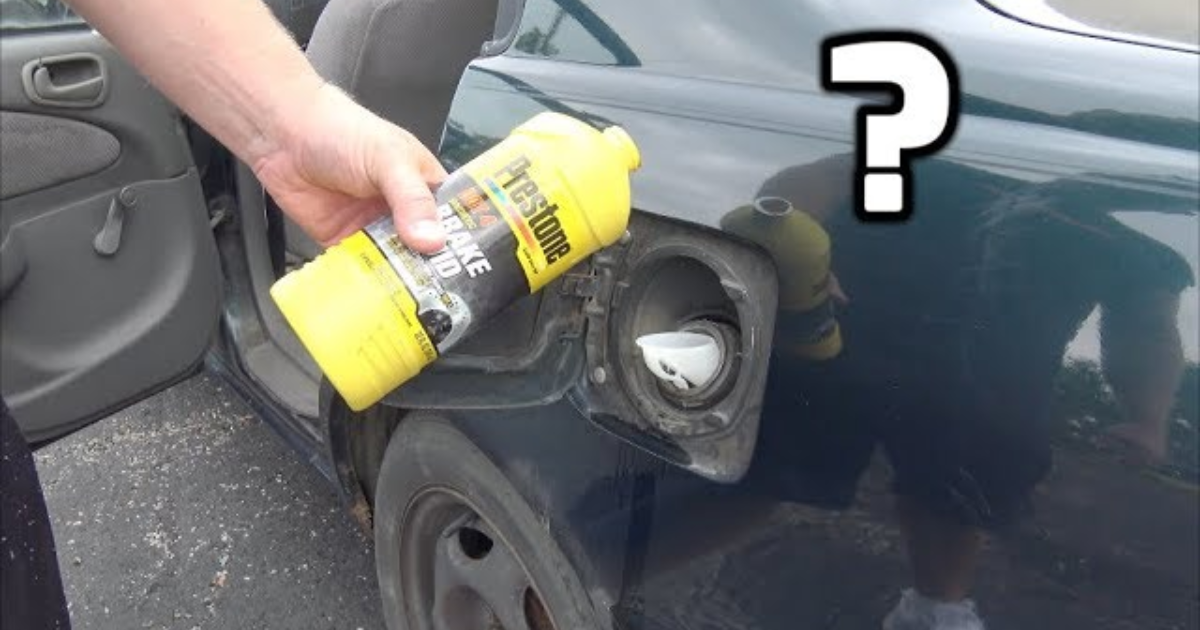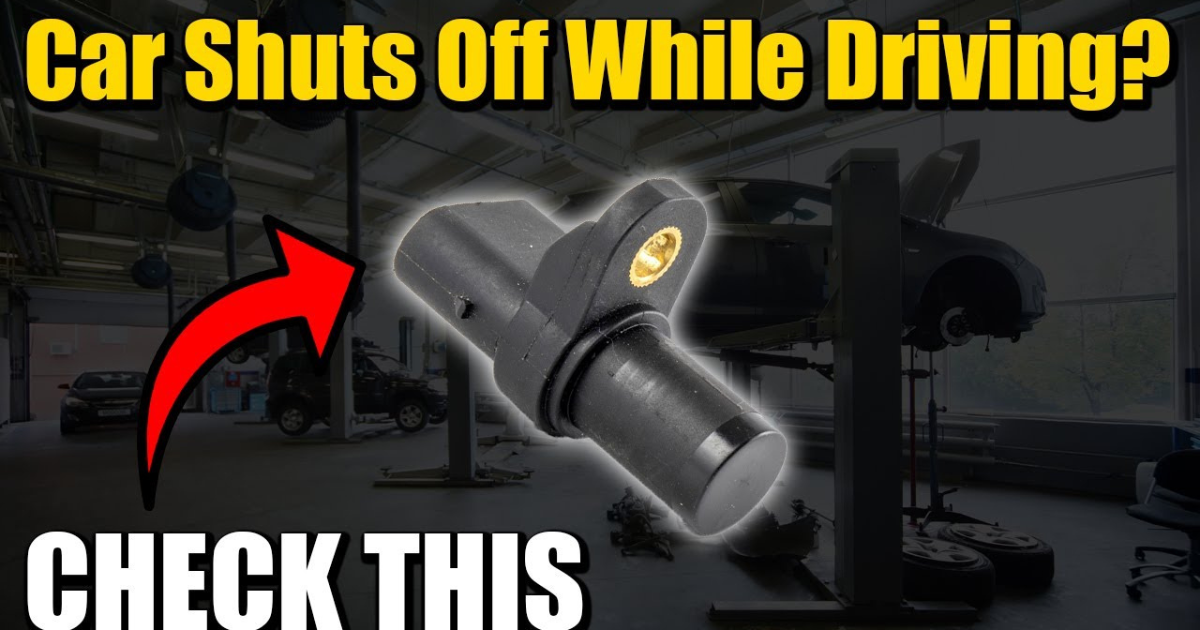When it comes to upgrading a car’s exterior, two popular options are car wrapping and painting. Both methods have their advantages and disadvantages. This article will compare car wrapping and painting in terms of cost, time, durability, customization, maintenance, and protection to help you decide which one is the better option for your vehicle.
Car Wrapping
Car wrapping involves applying vinyl sheets over a car’s paintwork to change its appearance. The vinyl sheets come in various colors, finishes, and patterns, making it easy to customize a car’s exterior. Car wrapping is also used to protect a car’s paint job from dirt, UV rays, and other external degrading agents. It is a popular choice for branding, advertising, and promotion.
Types of Wrapping Vinyl
There are two types of wrapping vinyl: calendared and cast vinyl. Calendared vinyl is thicker and less expensive but has a shorter service life of 3-6 years. Cast vinyl, on the other hand, is thinner, more expensive, but has a longer service life of 7-10 years.
How to Install a Car Wrap
Installing a car wrap involves four steps: material selection, designing and printing, prepping the car’s surface, and installation and trimming. The process is relatively simple and can be done by someone with the right skills.
Car Painting
Car painting involves using automotive paint to change a car’s exterior. It is a popular choice for those who want a permanent solution. Car painting serves many purposes, including enhancing a car’s aesthetic appeal, concealing minor imperfections, branding and identity, protection from external elements, improving visibility, and maintaining or improving the resale value.
Types of Car Paint
There are two types of car paint: solvent-based and water-based. Solvent-based car paint has been a mainstay in the auto industry and includes enamel, urethane, and lacquer paints. Water-based automotive paint, on the other hand, is becoming more popular due to strict environmental regulations.
How to Paint a Car
Painting a car involves several steps, including preparing the work area, prepping the car, applying primer, applying the basecoat, and applying the clearcoat. The process is more complex than car wrapping and requires more time and resources.
Car Wrap vs. Paint: Key Differences
- Cost: Car wrapping is generally cheaper than car painting. The cost of a professional wrap job on a small car ranges from $1000 to $2000, while a professional paint job on a standard sedan costs between $2000 and $4000.
- Time: Car wrapping takes less time than car painting. It typically takes 3-4 days to wrap a regular sedan, while painting takes 3-7 days.
- Durability: Car painting lasts longer than car wrapping. A paint job can last up to 15 years, while a vinyl wrap lasts between 3 and 10 years.
- Customization: Car wrapping allows for more customization than car painting. It is easy to design and install wraps with pre-cut designs.
- Maintenance: Car painting is more durable and easier to maintain than car wrapping. However, high-quality vinyl covers are easier to maintain than substandard paintwork.
- Protection: Car painting provides better protection against UV rays, mechanical damage, and harsh weather than car wrapping.
Pros and Cons of Car Wrap and Paint
Pros of Car Wrap:
- Inexpensive
- Easy to install
- Takes less time to complete
- Easy to customize
- Protects paint job and body from UV rays, abrasions, and other external elements
Cons of Car Wrap:
- Does not match the excellence of a nice paint job
- Prone to scratching and peeling
- Maintenance is challenging
- Poor-quality installation may lead to an undesirable outcome
Pros of Car Paint:
- Enhances aesthetic appeal and improves resale value
- Protects the body from rust, ultraviolet rays, and other harsh elements
- Durable (10-15 years)
- Easy to maintain
- Allows for customization
Cons of Car Paint:
- Costly
- Labor and time-intensive
- Customization is challenging and expensive
- Non-original coats can lower the value of classic and vintage cars




